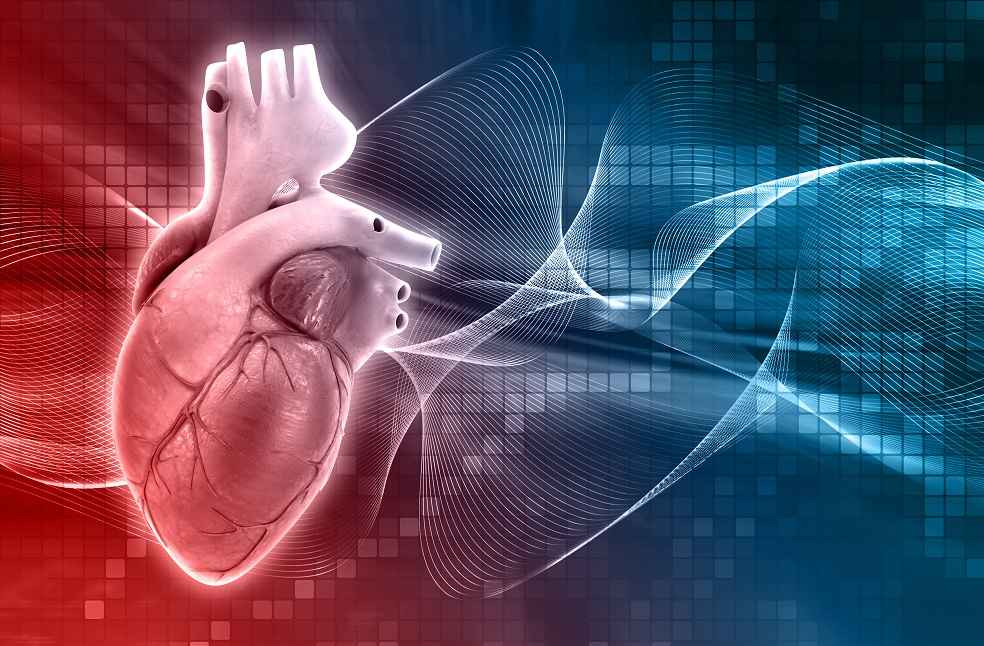United States: A recent study published in the journal Nature reveals that artificial intelligence (AI) has surpassed the diagnostic accuracy of echocardiogram assessments conducted by sonographers in evaluating cardiac function. The findings demonstrate the potential for AI to enhance medical imaging and diagnosis, providing a significant breakthrough in the field of cardiology.
The study shows that AI has demonstrated superior diagnostic accuracy in assessing cardiac function, surpassing assessments made by sonographers using transthoracic echocardiograms. The study examined 3,495 echocardiogram studies, comparing the initial assessments made by AI with those made by sonographers. The results indicated that AI was more precise in evaluating the studies, with significant implications for patients undergoing cardiac function imaging and the broader field of cardiac imaging.

Led by researchers at the Smidt Heart Institute and the Division of Artificial Intelligence in Medicine at Cedars-Sinai, a blinded, randomized clinical trial of AI in cardiology was conducted. The study aimed to evaluate AI’s diagnostic accuracy in assessing cardiac function, with promising results indicating the potential for AI to revolutionize the field of cardiology. The study’s findings were published
The recent study on AI’s diagnostic accuracy in assessing cardiac function has generated optimism among researchers, who believe that the technology can provide significant benefits when deployed across the clinical system at Cedars-Sinai and other health systems nationwide. The study’s findings underscore the potential of AI in enhancing the precision and efficacy of medical imaging, leading to better patient outcomes and reduced healthcare costs.
These results are especially relevant in the current context of the COVID-19 pandemic, which has exacerbated the strain on healthcare systems and increased the demand for remote and automated medical imaging solutions. The application of AI in medical imaging can offer a promising solution to these challenges, thereby improving the quality of patient care.



